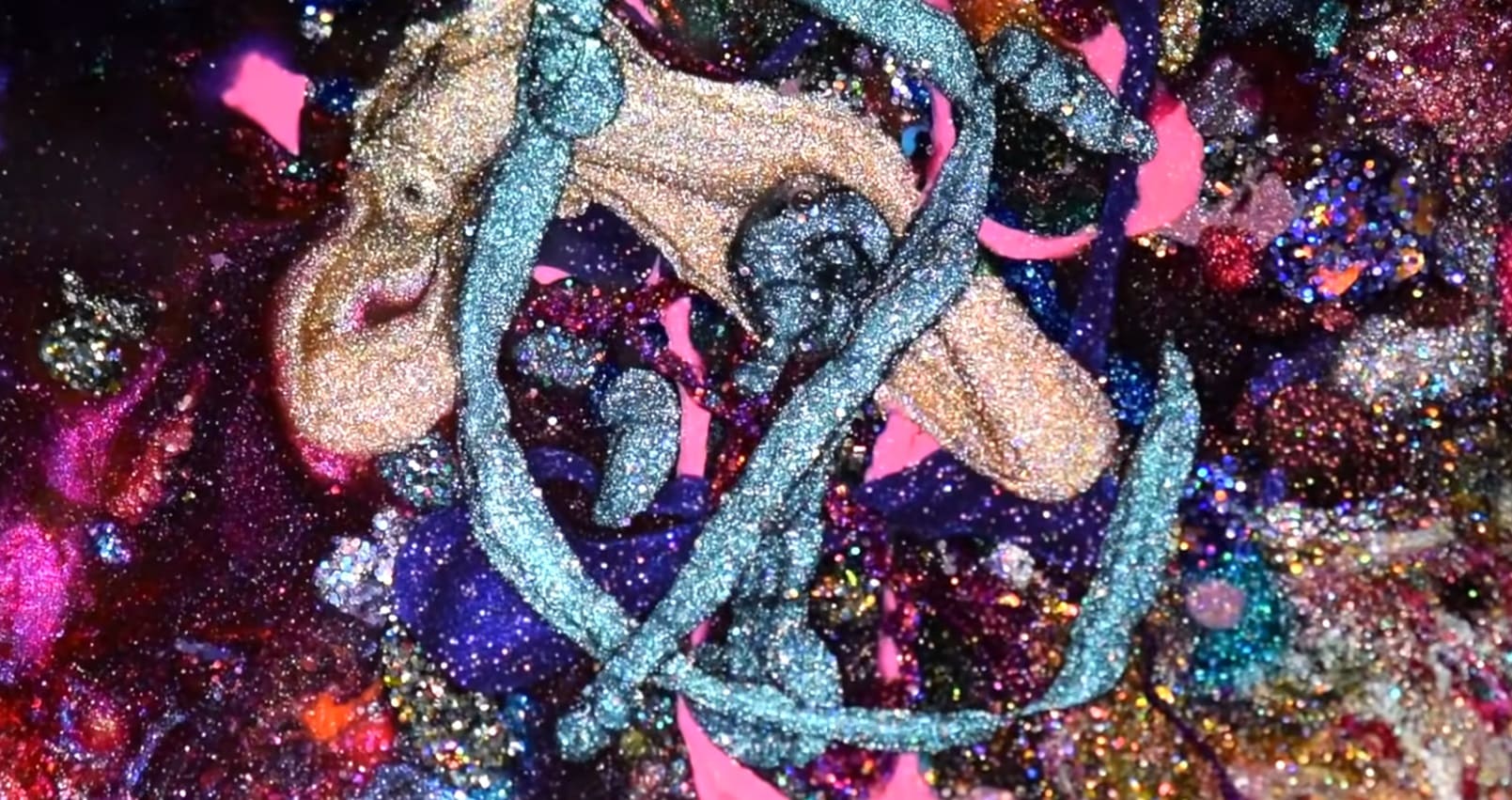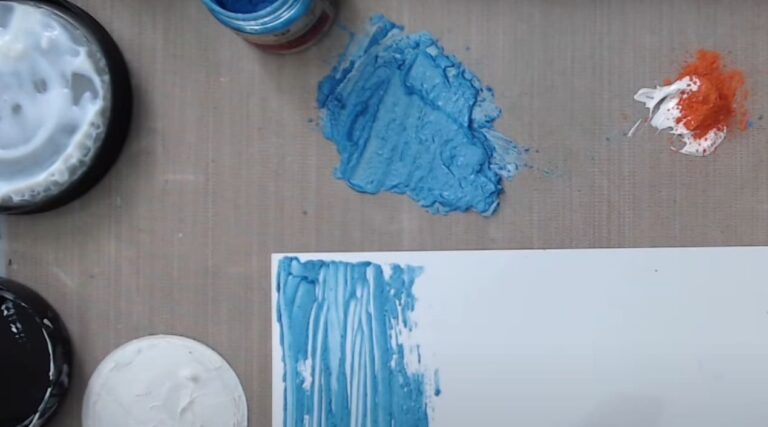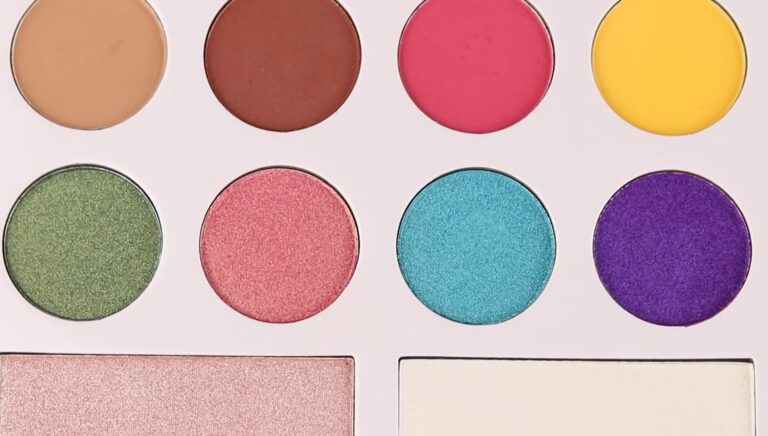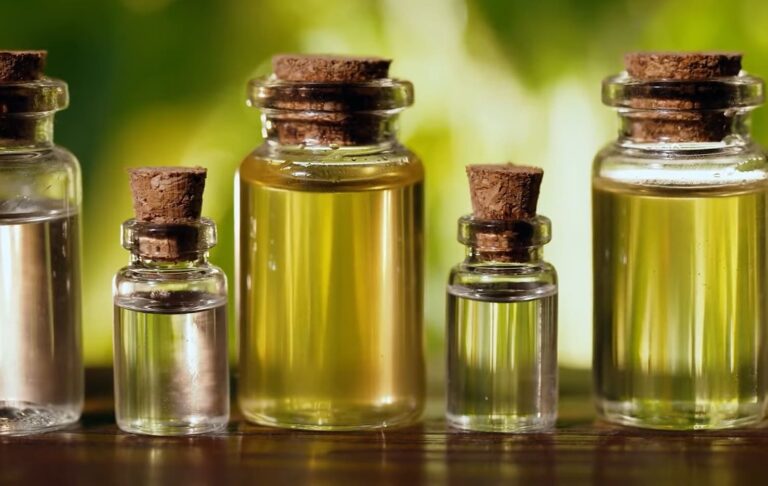Can You Mix Nail Polish Colors?
Nail polish is a popular cosmetic product used to enhance the appearance of nails. With countless colors and finishes available, it’s no wonder that people often experiment with different shades to create a unique look. But what happens when you run out of your favorite color or want to try something new? Can you mix nail polish colors to create your own custom shade? In this article, we’ll explore the world of nail polish mixing and answer the question: can you mix nail polish colors? We’ll delve into the science behind nail polish composition, offer tips for successful mixing, and provide some inspiration for creating your own custom colors. So grab your nail polish collection and let’s get mixing!
So, Can You Mix Nail Polish Colors?
Yes, you can mix nail polish colors to create your own custom shades! Mixing nail polish is a fun and creative way to experiment with new colors and create unique looks. However, it’s important to understand that not all nail polish colors are created equal, and certain colors may not mix well together. Additionally, mixing nail polish can alter the consistency and performance of the polish, so it’s important to follow some basic guidelines for successful mixing.
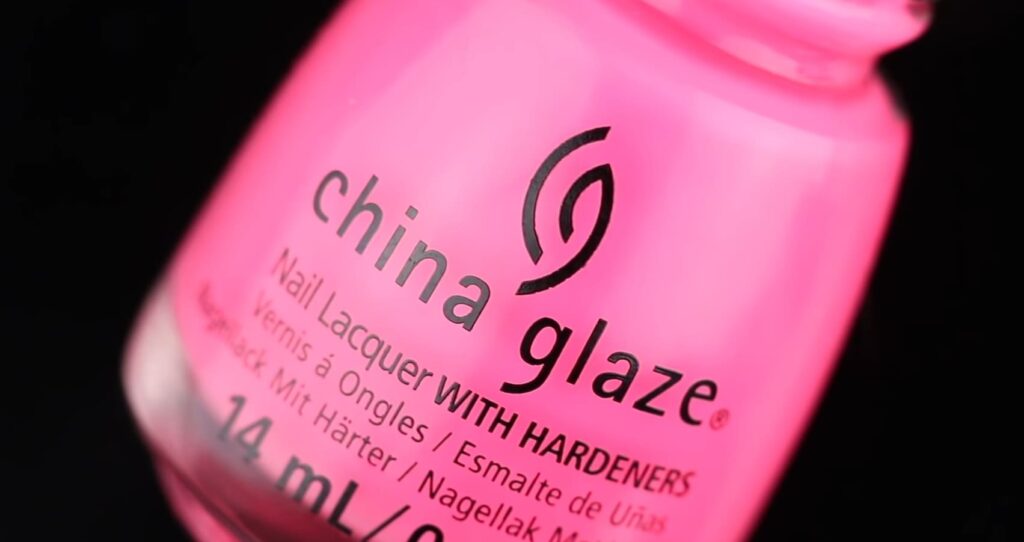
What Can Mixing Nail Polish Colors Be Good For?
Mixing nail polish colors can be useful for several reasons. First and foremost, it allows you to create your own custom shades that can’t be found in stores. This is especially helpful if you have a specific color in mind that you can’t seem to find on the shelves.Creating a custom shade that reflects your personal preferences is possible by blending two or more colors together.
Expanding your nail polish collection can be done in a cost-effective way by mixing nail polish colors. Instead of buying multiple bottles of nail polish in similar shades, you can create a new color by mixing colors you already own.
In addition to being a fun way to experiment with new shades, mixing nail polish colors can also help you save time and money. Instead of purchasing multiple shades for a specific nail design, you can mix colors to create the exact shade you need.
Mixing nail polish colors is a great way to express your creativity, save money, and create custom shades that are uniquely yours.
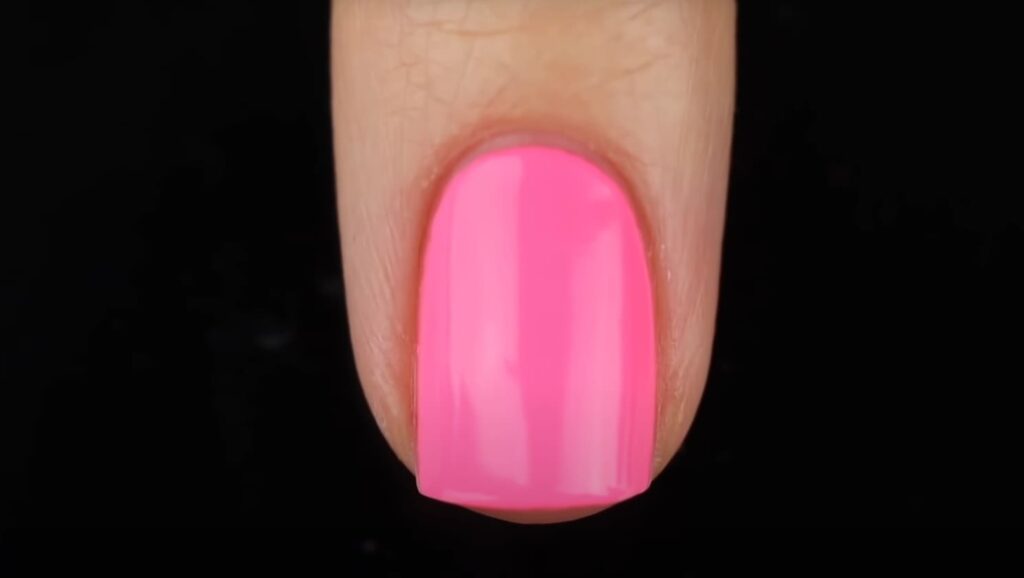
What Kinds Of Nail Polish Colors Are There?
There are many kinds of nail polish colors available in the market, ranging from classic and neutral shades to bold and bright colors. Here are some of the most common types of nail polish colors:
- Neutrals: These are the classic nail polish shades, including nudes, beiges, taupes, and grays. They’re perfect for a natural and understated look.
- Pastels: These are light and delicate shades, including pinks, blues, purples, and yellows. They’re great for a soft and feminine look.
- Brights: These are bold and vibrant colors, including reds, oranges, pinks, and blues. They’re perfect for making a statement and adding a pop of color to any outfit.
- Metallics: These shades have a metallic finish and come in colors like gold, silver, bronze, and rose gold. They’re great for a glamorous and sophisticated look.
- Glitters: These shades have glitter particles in them and come in a wide range of colors. They’re perfect for adding some sparkle to your nails.
- Shimmers: These shades have a subtle shimmer finish and come in colors like pink, gold, and silver. They’re great for adding some dimension to your nails.
- Sheers: These shades are light and translucent and come in colors like pink, beige, and peach. They’re great for a natural and understated look.
These are just some of the many types of nail polish colors available, and the possibilities for mixing and matching them are endless!
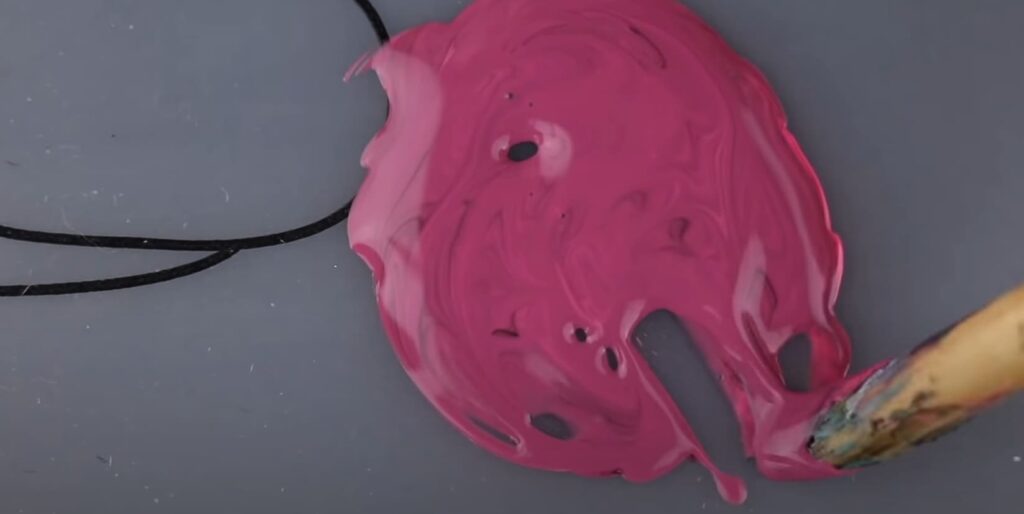
Why Shouldn’t You Mix Nail Polish Colors?
While mixing nail polish colors can be a fun and creative way to experiment with new shades, there are some colors that should not be mixed together. Here are some general guidelines for what not to mix:
- Metallic and Glitter Polishes: Metallic and glitter polishes have a different texture and consistency than regular nail polishes, which can make them difficult to mix. Additionally, the glitter particles in some polishes can clump together and make the mixture uneven.
- Red and Green: Mixing red and green nail polish together can result in a brownish, muddy color. It’s best to avoid mixing these two colors together unless you’re going for a specific look.
- Dark and Light Colors: Mixing a dark color with a light color can result in a color that is too muddy or dull. If you want to mix a dark and light color together, try adding more of the lighter color to the mixture to balance it out.
- Colors with Different Bases: Nail polishes can have different bases, including water-based, oil-based, and acetone-based. Mixing polishes with different bases can result in a mixture that doesn’t dry properly or has a strange texture.
It’s best to experiment with mixing colors and see what works best for you. If you’re unsure about mixing two colors together, you can always test them on a piece of paper or a spare nail wheel before applying them to your nails.
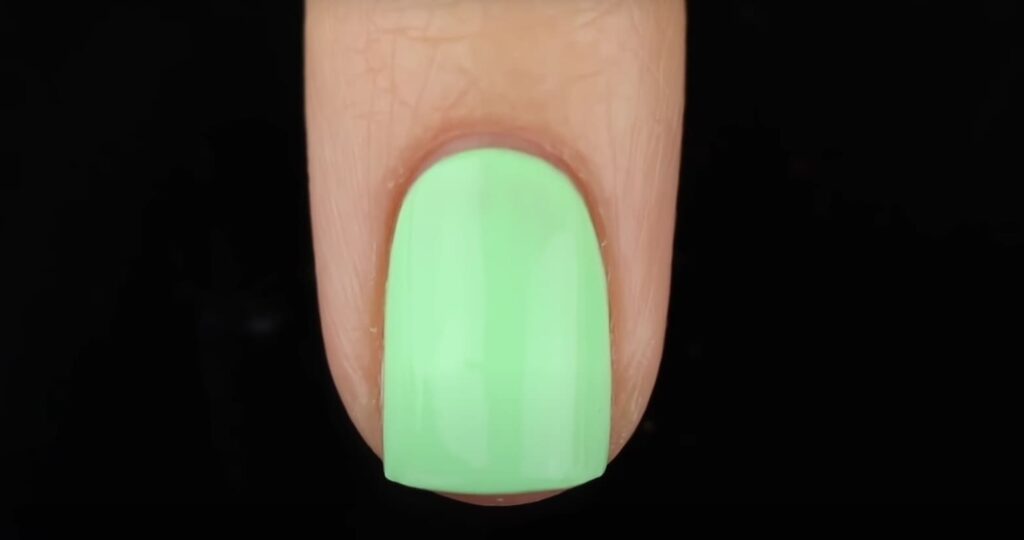
Advantages Of Mixing Nail Polish Colors
Mixing nail polish colors has several advantages:
- Create Custom Shades: One of the main advantages of mixing nail polish colors is that it allows you to create your own custom shades that cannot be found in stores. By mixing two or more colors, you can create a unique shade that is personalized to your taste.
- Cost-Effective: Mixing nail polish colors can be a cost-effective way to expand your nail polish collection. Rather than purchasing multiple bottles of nail polish in similar shades, you can mix colors you already own to create a new color.
- Unique Nail Art Designs: Mixing nail polish colors can be useful for creating unique nail art designs. By mixing different colors together, you can create ombre effects, gradient effects, or multi-colored designs that cannot be achieved with a single color.
- Save Time: Instead of purchasing multiple shades for a specific nail design, you can mix colors to create the exact shade you need. This can save you time and money in the long run.
- Fun and Creative: Mixing nail polish colors is a fun and creative way to experiment with new shades and express your creativity. You can create different shades for different occasions or moods, and there are endless possibilities for mixing and matching colors.
Mixing nail polish colors is a great way to express your creativity, save money, and create custom shades that are uniquely yours.
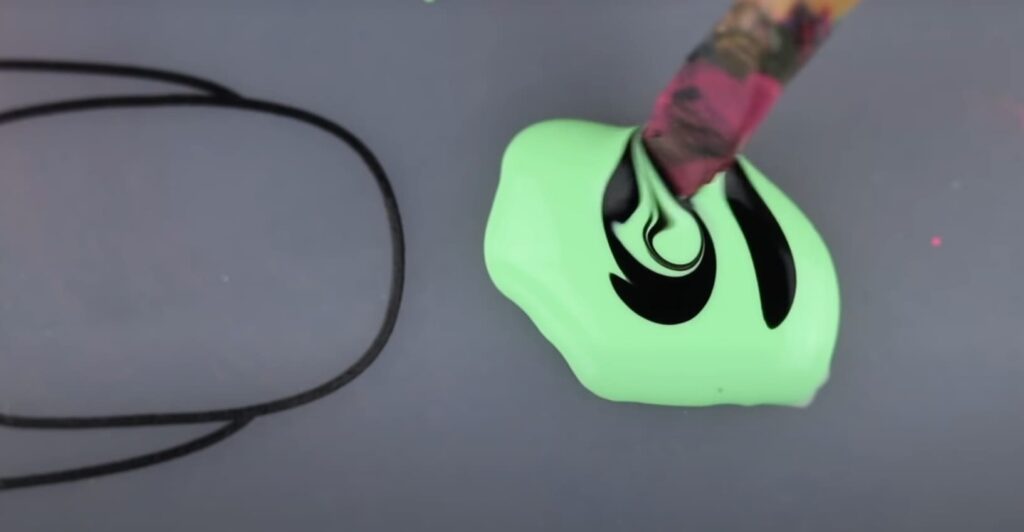
Disadvantages Of Mixing Nail Polish Colors
While mixing nail polish colors has many advantages, there are also some potential disadvantages to consider:
- Texture and Consistency: Mixing nail polish colors can result in a texture or consistency that is different from what you’re used to. Depending on the colors you mix and the proportions you use, the resulting mixture may be thicker, thinner, or more prone to clumping.
- Time and Effort: Mixing nail polish colors can be time-consuming and requires effort. It can take several attempts to get the desired shade, and you may need to mix several batches to get enough polish to cover your nails.
- Risk of Wasting Nail Polish: There is a risk of wasting nail polish when mixing colors, especially if you’re experimenting with new shades. If you don’t like the color you’ve created, you may have to dispose of it or find a way to use it in another way.
- Not Always Easy to Replicate: While you may be able to create a beautiful custom shade by mixing nail polish colors, it can be challenging to replicate the same color again in the future. If you don’t remember the exact proportions of each color you used, you may have trouble recreating the same shade.
- Potential Chemical Reactions: Mixing certain nail polish colors together can result in a chemical reaction that changes the properties of the nail polish, such as the drying time or the finish. This can be unpredictable and may affect the overall quality of the polish.
Mixing nail polish colors can be a fun and creative way to experiment with new shades, but it’s important to be aware of these potential disadvantages. With careful planning and experimentation, you can minimize the risks and enjoy the benefits of mixing nail polish colors.
FAQ
How dangerous is mixing nail polish colors?
Mixing nail polish colors is not inherently dangerous, but there are some potential risks to be aware of:
- Chemical Fumes: Nail polish contains chemicals that can emit fumes when mixed together, which can be harmful if inhaled in large quantities. To minimize the risk of exposure to these fumes, it’s important to mix nail polish colors in a well-ventilated area.
- Allergic Reactions: Some people may have an allergic reaction to the chemicals in nail polish, which can cause skin irritation, redness, and swelling. When mixing nail polish colors, it’s important to be aware of any ingredients that may trigger an allergic reaction and to test the mixture on a small area of skin before applying it to your nails.
- Ingestion: Nail polish should never be ingested, as it can be toxic if swallowed. When mixing nail polish colors, it’s important to keep the mixture away from your mouth and to wash your hands thoroughly after handling the polish.
- Fire Hazard: Nail polish is flammable and can be a fire hazard if not used properly. When mixing nail polish colors, it’s important to keep the polish away from sources of heat and to avoid smoking or using open flames in the area.
While mixing nail polish colors is generally safe, it’s important to be aware of these potential risks and to take appropriate precautions to minimize them. If you have any concerns or experience any adverse reactions, seek medical attention immediately.
What else can I mix nail polish colors with?
If you want to experiment with mixing nail polish colors, there are several things you can use to create new shades. Some of the most common ingredients for mixing nail polish colors include:
- Clear Nail Polish: Clear nail polish can be used to dilute a color or create a sheer effect. By adding clear nail polish to a darker color, you can create a lighter shade with a translucent finish.
- White Nail Polish: Adding white nail polish to a color can lighten the shade and make it more pastel or muted. This is a useful technique for creating subtle variations on a color.
- Eyeshadow: You can use loose eyeshadow powder to create new shades of nail polish. Simply mix the eyeshadow with clear nail polish or a base coat to create a new color.
- Glitter: Adding glitter to nail polish can create a sparkly effect that is perfect for special occasions or adding some bling to your nails. You can mix glitter with clear nail polish or add it to a colored polish to create a glittery finish.
- Pigments: Nail polish pigments are designed specifically for mixing with nail polish to create new shades. They are available in a range of colors and finishes, from metallic to holographic.
There are many ingredients you can use to mix nail polish colors and create new shades. Experiment with different combinations and proportions to find the perfect shade for your nails. Also, you need to remember that it is all based on your personal preferences.
Who came up with the idea of mixing nail polish colors?
It’s difficult to pinpoint exactly who first started mixing nail polish colors, as people have been experimenting with color combinations for decades. However, the practice of mixing nail polish colors has become increasingly popular in recent years, particularly with the rise of social media and the beauty influencer culture.
Nail art enthusiasts and beauty bloggers have been sharing their own custom nail polish shades for years, and many nail polish brands now offer a wide range of colors that can be mixed and matched to create unique looks. Some brands even offer DIY nail polish mixing kits that allow customers to create their own custom shades at home.
While it’s unclear who first came up with the idea of mixing nail polish colors, it’s safe to say that the trend has been embraced by many in the beauty industry and continues to be a popular way to experiment with new shades and create custom looks.
What are the best nail polish color combinations?
There is no one “best” mix of nail polish colors, as it ultimately comes down to personal preference and the look you are trying to achieve. However, here are a few popular combinations that are worth trying:
- Pink and Gold: Mixing a soft pink shade with metallic gold can create a beautiful rose gold hue that is perfect for a feminine and glamorous look.
- Blue and Silver: Mixing a deep blue shade with a shimmering silver can create a stunning icy blue color that is perfect for winter or adding some sparkle to your nails.
- Purple and Red: Mixing a deep purple shade with a rich red can create a stunning oxblood color that is perfect for fall and winter.
- Black and White: Mixing black and white nail polish can create a range of shades, from a soft gray to a dramatic charcoal. This is a versatile combination that can be used for a range of looks.
- Green and Yellow: Mixing a bright green with a sunny yellow can create a fun and playful shade that is perfect for summer or adding a pop of color to your nails.
Remember, there are no hard and fast rules when it comes to mixing nail polish colors, so feel free to experiment with different combinations and see what works best for you.
Related Video: How to Change Up Your Nail Polish (without buying new colors!) Nail Polish 101
Summarize
In conclusion, mixing nail polish colors is a fun and creative way to customize your nail looks and experiment with new shades. By combining different colors and adding other ingredients like glitter or pigments, you can create endless possibilities for unique and personalized nail designs. However, it’s important to keep in mind that mixing certain colors can result in unwanted outcomes and potentially harmful effects, so it’s essential to take proper precautions and use safe ingredients. With a little experimentation and creativity, mixing nail polish colors can be a great way to express your personal style and enhance your overall beauty routine.

